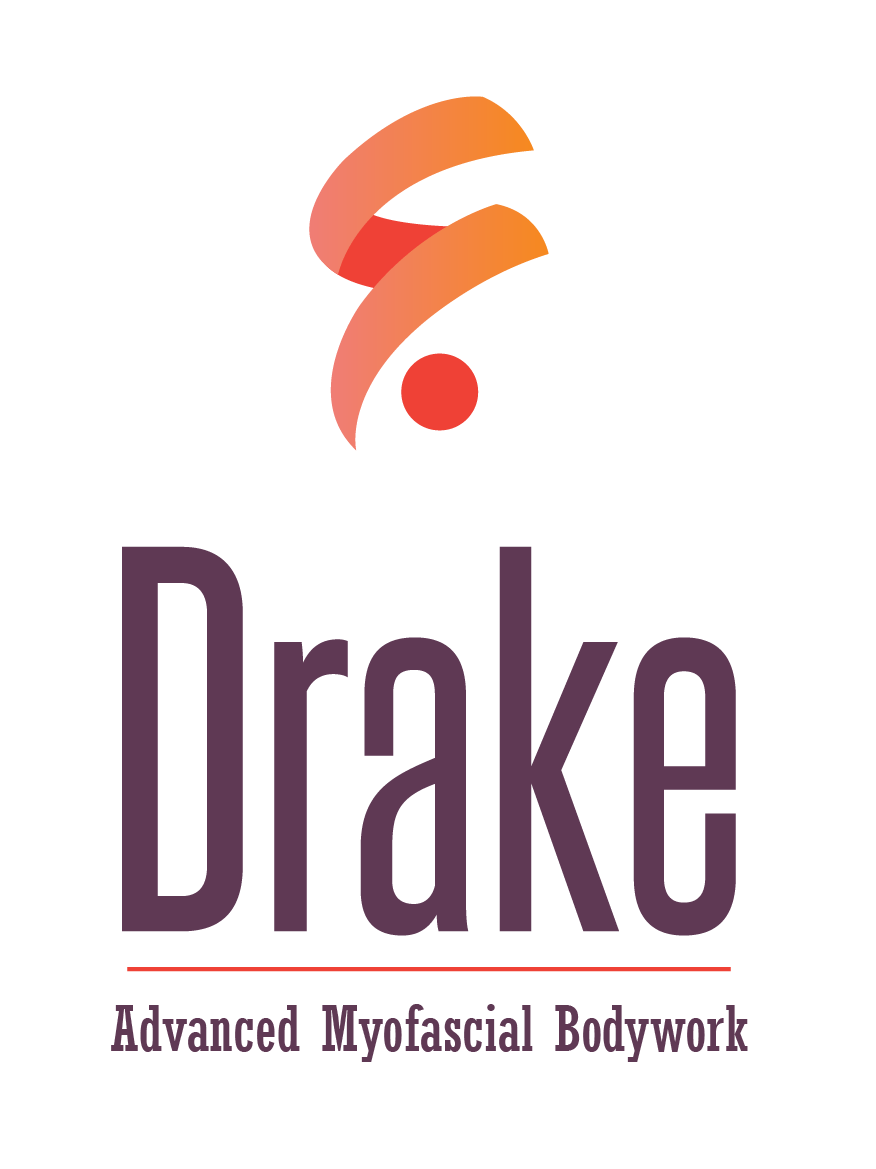Temporomandibular Joint Disorder
Temporomandibular joint disorder (TMJD) happens when there is inflammation or pain in the joints that make it possible for your jawbone to move in opening and closing of the mouth. The disorder can happen due to wear and tear on the cartilage, arthritis, injuries, dislocations, dental problems and infections. Popping, clicking, restricted ability to open, incidence of having the mouth stuck open or closed, soreness after dental procedures and difficulty eating firm foods are all possible symptoms of TMJD. We recommend a proactive approach to maintaining the smooth functioning of this joint over a lifetime. We offer complimentary clinics at our office and at other health care practices by request. Schedule one to one care by appointment.
Masseter Stretch
Stretching the masseter. The masseter is the major muscle of closure for the mouth and has the highest resting tonus of any muscle in the body. It is highly innervated and sensitive. Gentle but specific release of this muscle can give a body-wide sense of relaxation and calming to the central nervous system.
Causes of TMJD
Temporomandibular joint dysfunction can have many root causes. A comprehensive approach may include several health care professionals. We offer myofascial release and neuromuscular therapy for the head, neck and muscles of the mouth and jaw. In addition, we evaluate and treat contributing factors like repetitive use, or postural and cranial imbalances that decrease range of motion and increase pain.
Digastric Treatment
The diagastric muscle attaches from the inner surface at center of the chin and stretches back to attach to the mastoid process of the temporal bone, just beneath the ear. The diagastic is a muscle of opening and works in opposition to the masseter and other muscles of closure.



